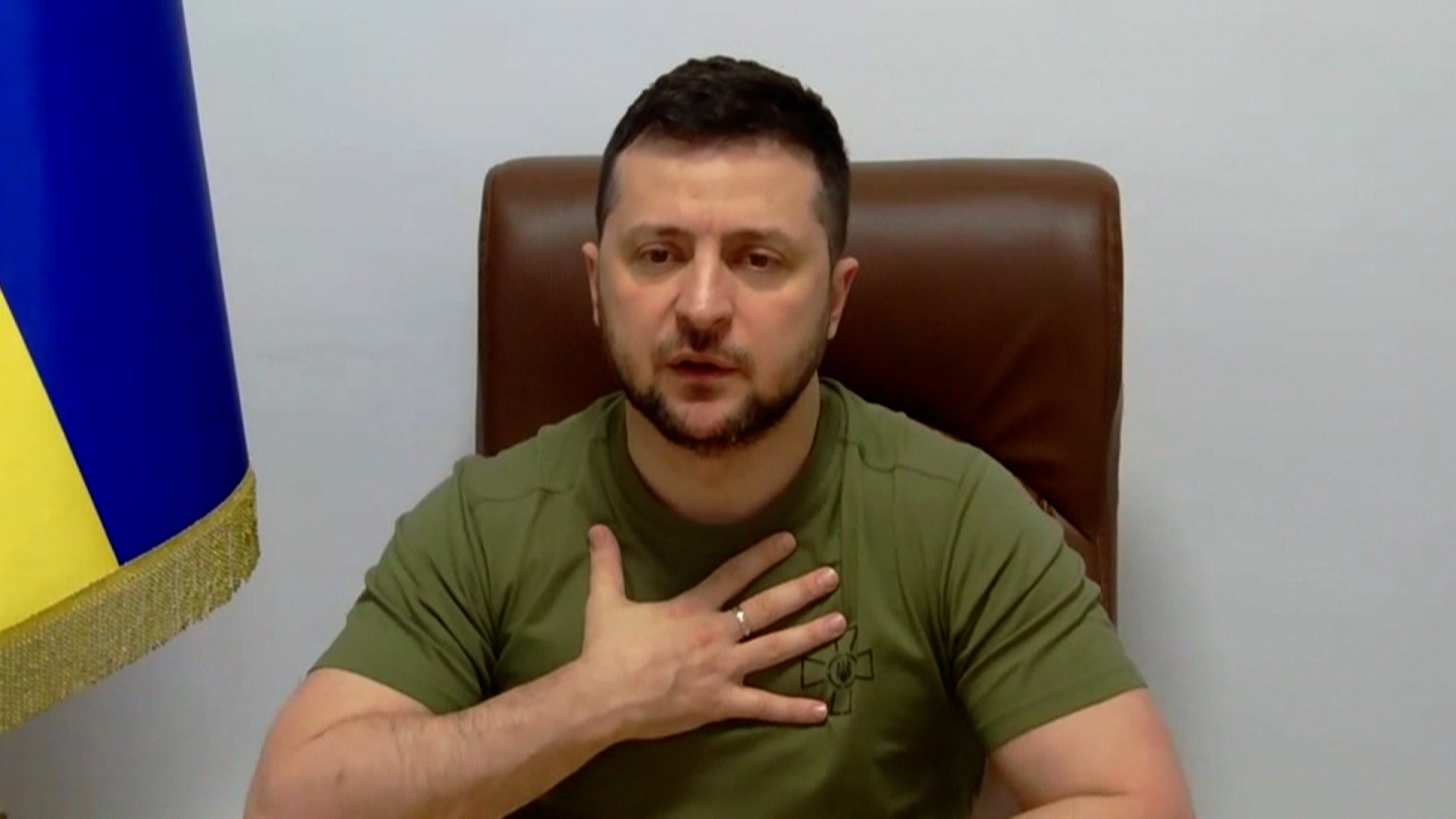Every morning my child starts the morning with a milk breakfast. Of course, when purchasing dairy products, I try to make the best choice, no matter how much they cost.
Well, in the evening, when purchasing repair materials for the house, I often give preference to those markets where there are various preferential promotions and where the price is acceptable to me. This is the best choice for me.
When buying, there are often cases when we physically or mentally sort the desired product by price and thus come to the optimal choice. Therefore, the price of a product is an important lever that a business can control.
Price, in addition to determining the market value of a product, is used as the primary means of communication in today's rapidly changing business environment. Depending on how the price is relevant to the solvency of the segment, brands interact with customers, "befriend" or, conversely, build a "wall" between the product/service and the customer.
Now, in times of war, inflation, and post-pandemic, price and related communications are becoming increasingly important for the modern market, as prices are constantly changing along with the global agenda. Prices are rising for everything: bread, fuel, gold, both basic necessities and luxuries, goods and services.
However, according to the latest market research conducted by ACT, in many industries, price is the leading factor for consumers. For example, if we look at the pharmaceutical market, then a quarter of its buyers (24-26%) decide to choose a pharmacy that offers an acceptable price. Thus, for almost a third of consumers in the retail market, price is the most important factor when making a purchase decision.
How do businesses manage this leverage today?
Price changes, of course, often lead to negative/critical feedback from the consumer, which business in Georgia, as well as in the world, in some cases tries to neutralize with well-known marketing "tricks":
- Rule 9.99 - An incomplete indication of the price subconsciously signals to the buyer that 9.99 is a more affordable price than 10 ₾, while the difference is “more than” 1 tetri;
- "Secret" price - often used by businesses to communicate a change/increase or a perceived high price. Brands prefer not to publicly announce the price and inform the customer in case of greater involvement on his part (often simply - “write me personally”);
- Pricing communication of accessories - sometimes brands offer the buyer prices for individual parts (for example, for a bed frame, cabinet, etc.), rather than the price of the entire kit/product since such communication is associated with a more affordable price in the mind of the consumer.
These tactics are worn out in today's market and can be said to be "deciphered" by the user. For brands seeking to connect emotionally with customers, transparent and timely pricing information must be the key link.
How to use the price list for effective communication with customers?
5 golden rules:
 |
|
Offer value, not price. The cost repeats the brand and its identity. The customer needs an idea, status, or emotional benefit that he will receive in exchange for paying a certain amount. Businesses that sell a product/service sell the benefits that the end-user will receive through it. Depending on the value of the product/service, brands tell customers what they can become the owners of after purchasing their product/service. This means that when buying Apple products, we buy status, when buying Nike boots, we buy victory and energy, and Reiban glasses for us are a journey and a good mood. When stating the price, we must emphasize what life/everyday problem the consumer will solve with it. At the same time, in branding and communications, the emphasis on values increases the consumer's resistance to possible price changes, making the segment more emotionally attached to the product/service. For example, Coca-Cola is a happiness/family holiday, do you remember its price?
|
|
|
|
|
 |
|
Find out the best price for your customers. To achieve this goal, price elasticity research is effective, which gives the business information about what price will be acceptable/optimal for its audience, in other words, in which case they buy a product/service. Research is critical:
|
|
|
|
|
 |
|
Remember the communication triangle. Price communication is just as important as the end-user:
|
|
|
|
|
 |
|
Tell the cause, not just the result. Now, with constant changes in public life, the economy, everyday life, and a sense of instability, price changes can be perceived by consumers more painfully than business thinks. In the event that a business changes its price/sets a new price, it is important for healthy communication to provide the customer with a reason for the new price. It is understood that the audience is interested in why the price is changing, will it change again? Because of what? This gives him emotional comfort and readiness. In order for communication to be as transparent as possible for him, the business should try to imagine that price communication is not a monologue of the brand, but a dialogue with the buyer. Follow the rules of the dialogue:
|
|
|
|
|
 |
|
Finally, it is important for businesses to be prepared for any feedback, since the audience, among other characteristics, is distinguished by its loyalty and degree of price stability. However, the dialogue should be ongoing and the next steps the brand should determine in addition to other important metrics based on the feedback received. Thus, price is an important communication channel. As a result of dialogue with customers, the business receives information for improvement, and this process is continuous and iterative.
|






